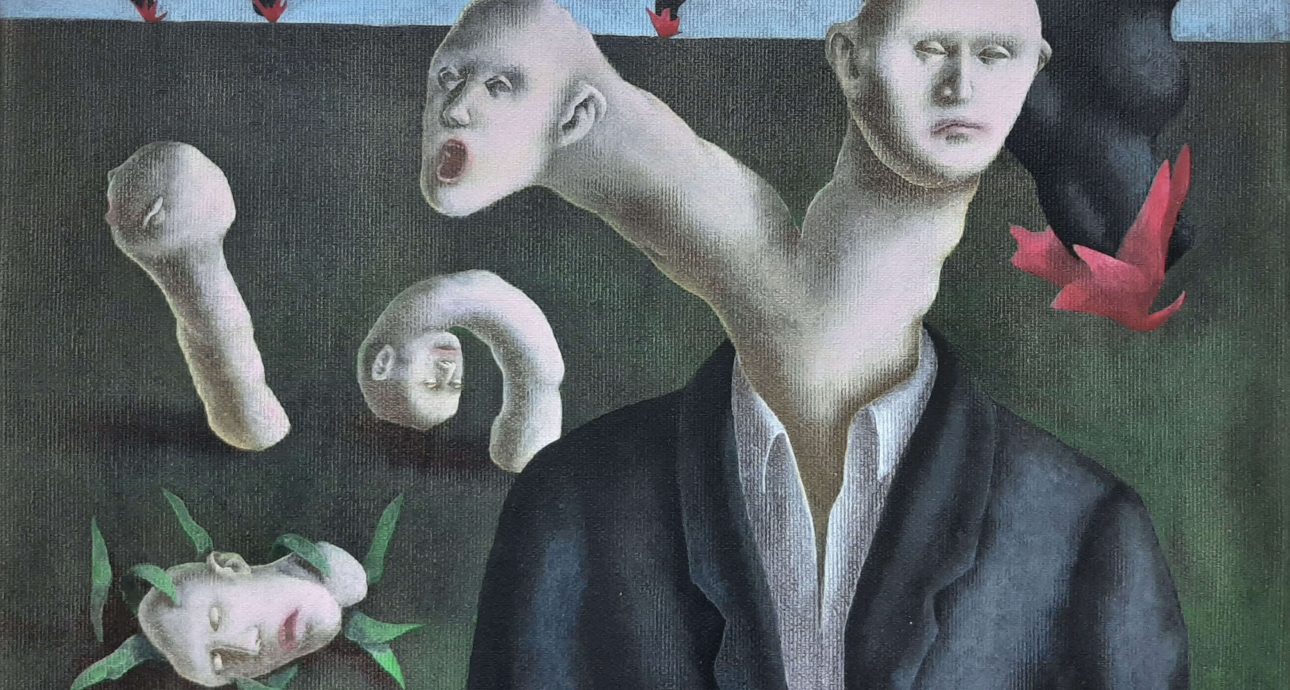
The Shape of War: Deformed faces, perforated chests, and Chmonia in Olena Pronkina’s works
The works of Olena Pronkina, an artist from Kyiv, are usually marked by elongated bodies, mask-faces, and the surreal reality that surrounds them. The somewhat similar deformed bodies were once the signature of Francis Bacon, deeply influenced by World War II victims. And when it comes to their fairytale images, Olena’s works are more resemblant to the style of Ukrainian artist Oleh Holosii, who was part of the new wave of Ukrainian art from the 1980s to the 2000s.
In the active phase of the war, the most eloquent testimony of Olena’s perception of this reality is her self-portrait with a cavity in her chest. The artist told Bird in Flight how she developed her style and how the war influenced her art.
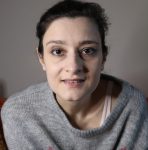
An artist from Kyiv. Participated in group exhibitions in Kyiv, Kharkiv, and Odesa.
I knew the invasion was inevitable but still found myself in shock. At first, I didn’t even think of painting anything. A few days later, I left Kyiv for Lviv, where I managed to create the first works of these times. Then I went to Romania and now live in Germany, where I have been awarded an artist stipend.
Many of my fellow artists still cannot work, but I was able to get back to art step by step. I started with small album-sized works (as a general rule, my canvases reach 1.5 or 2 meters). I got back to my usual format in Romania.
The art I made in Ukraine seems more aggressive to me now. When I reached a peaceful place, I was able to reflect on the war: while still in my homeland, I couldn’t fully comprehend all the horrors and surrealism of what was going on. My most personal work is my self-portrait called 19.04.2022—to mark the day I finished it.
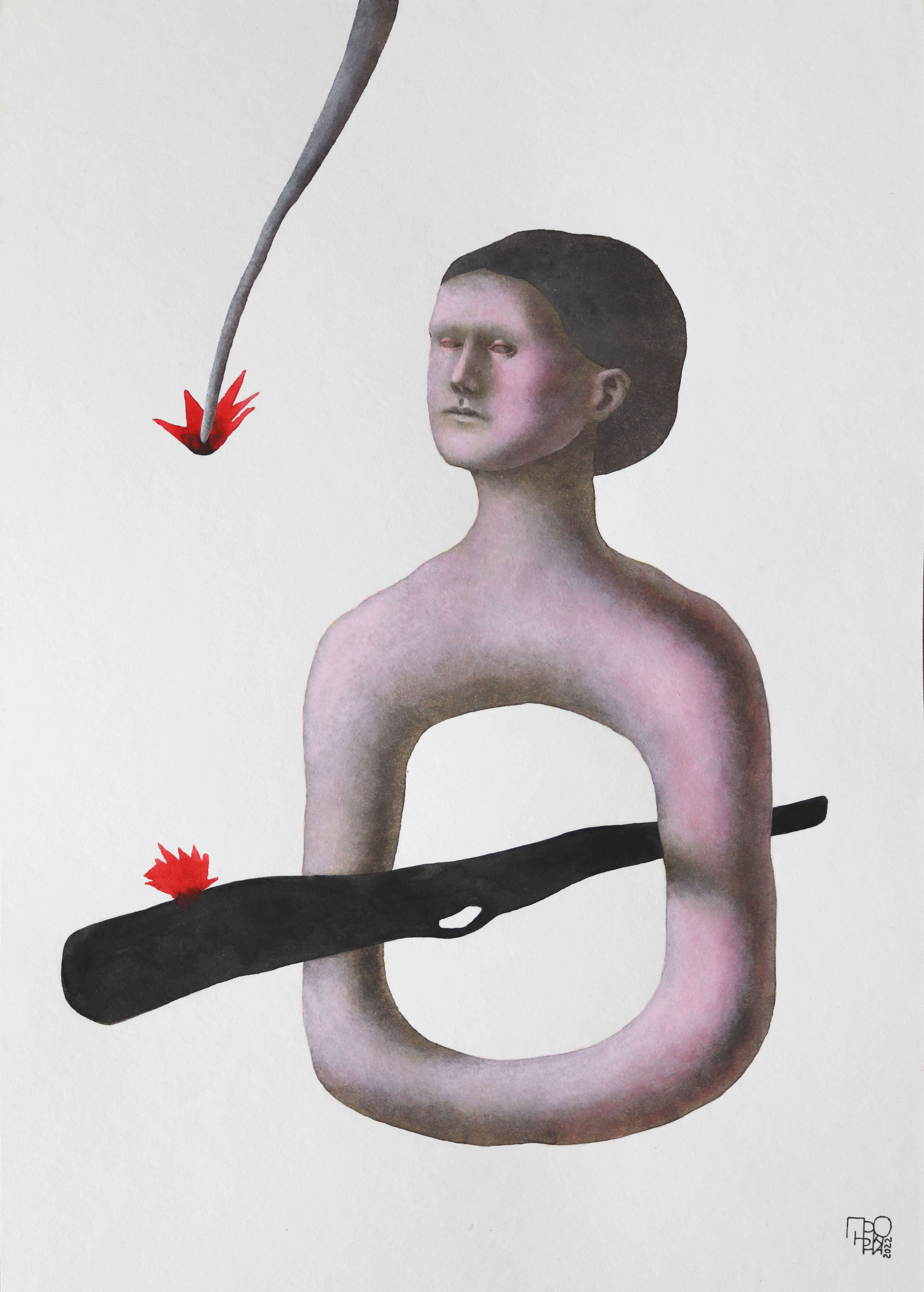
Self-portrait 19.04.2022
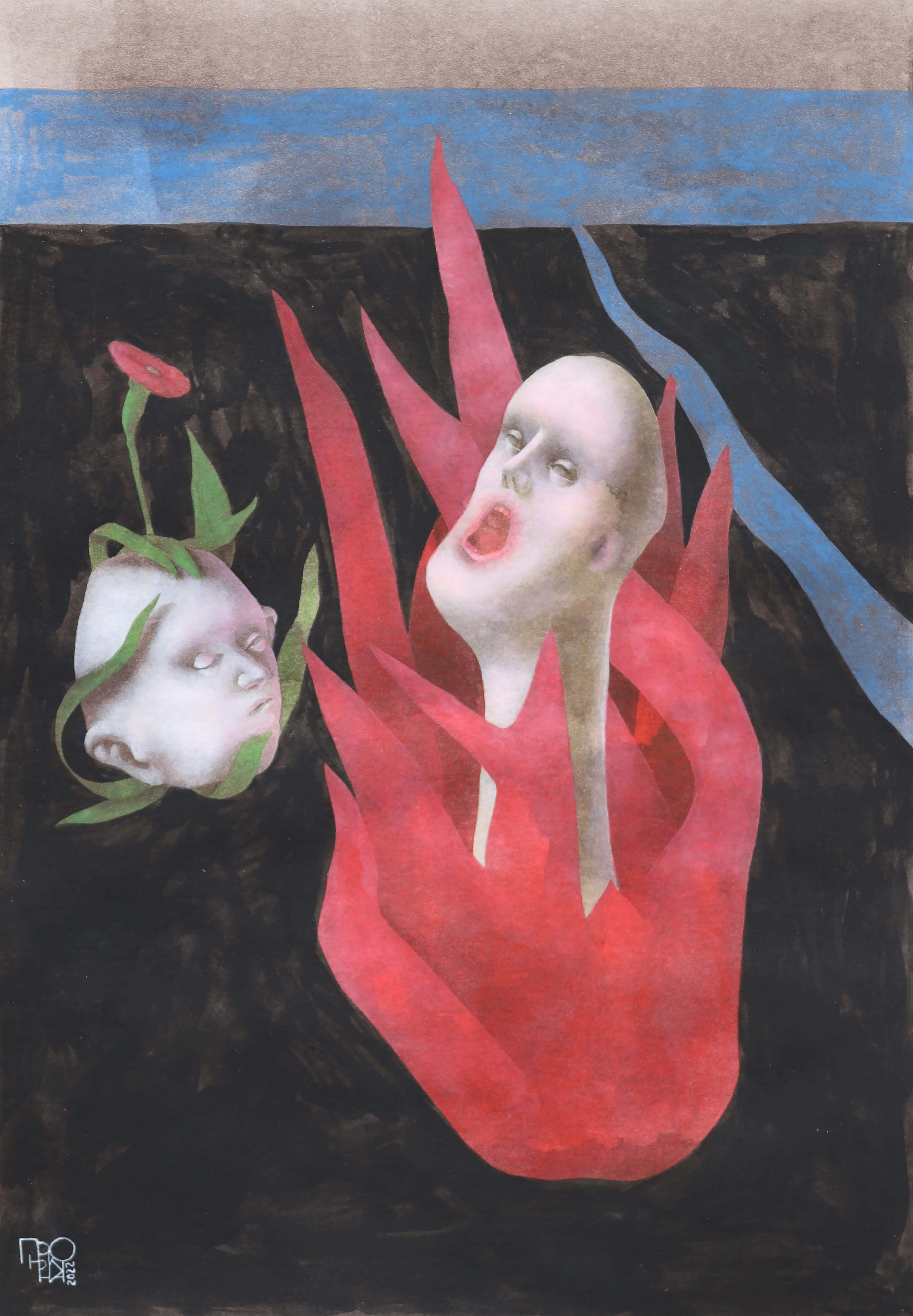
Flowers on the ground
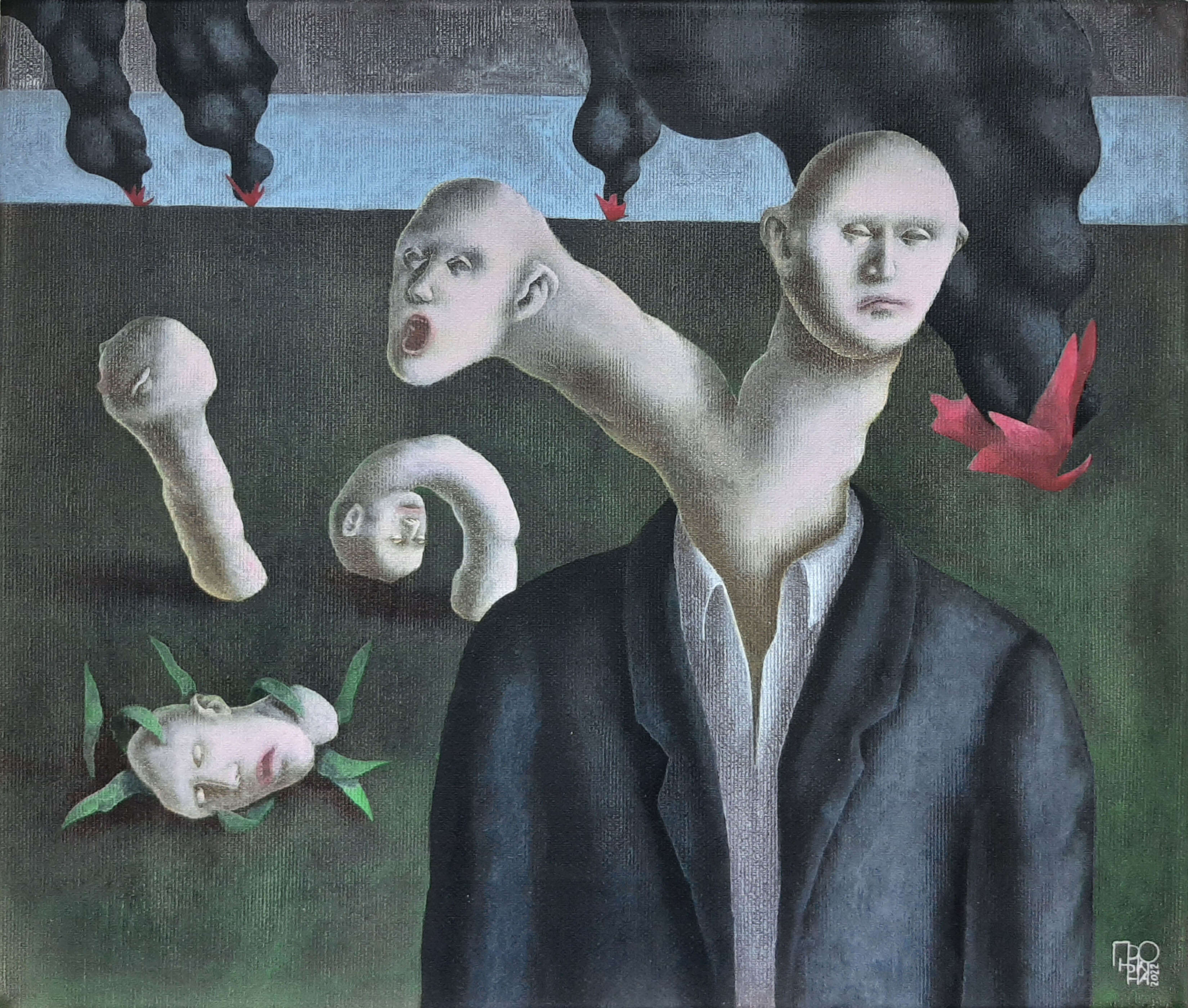
Sounds of war
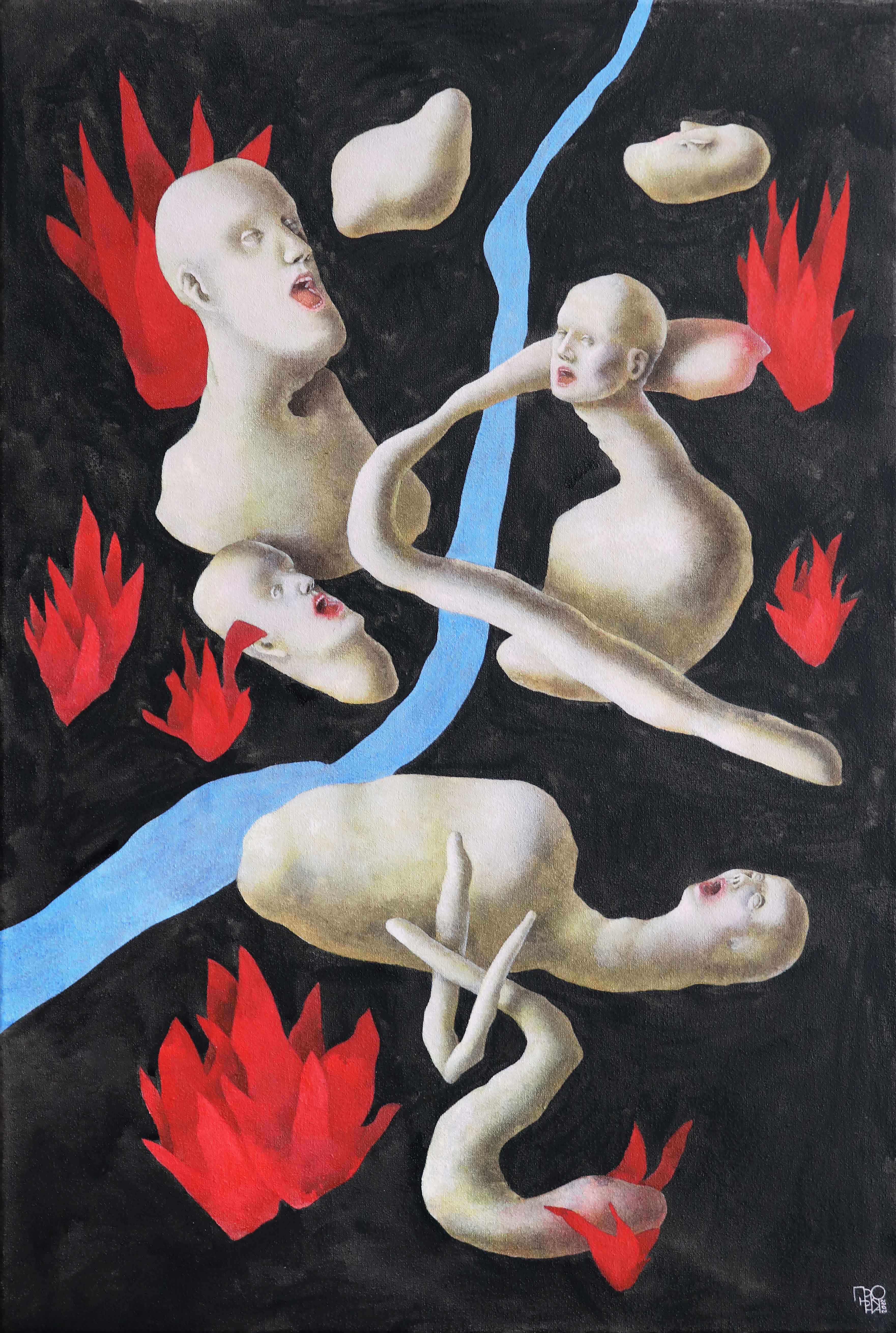
Theatre of War
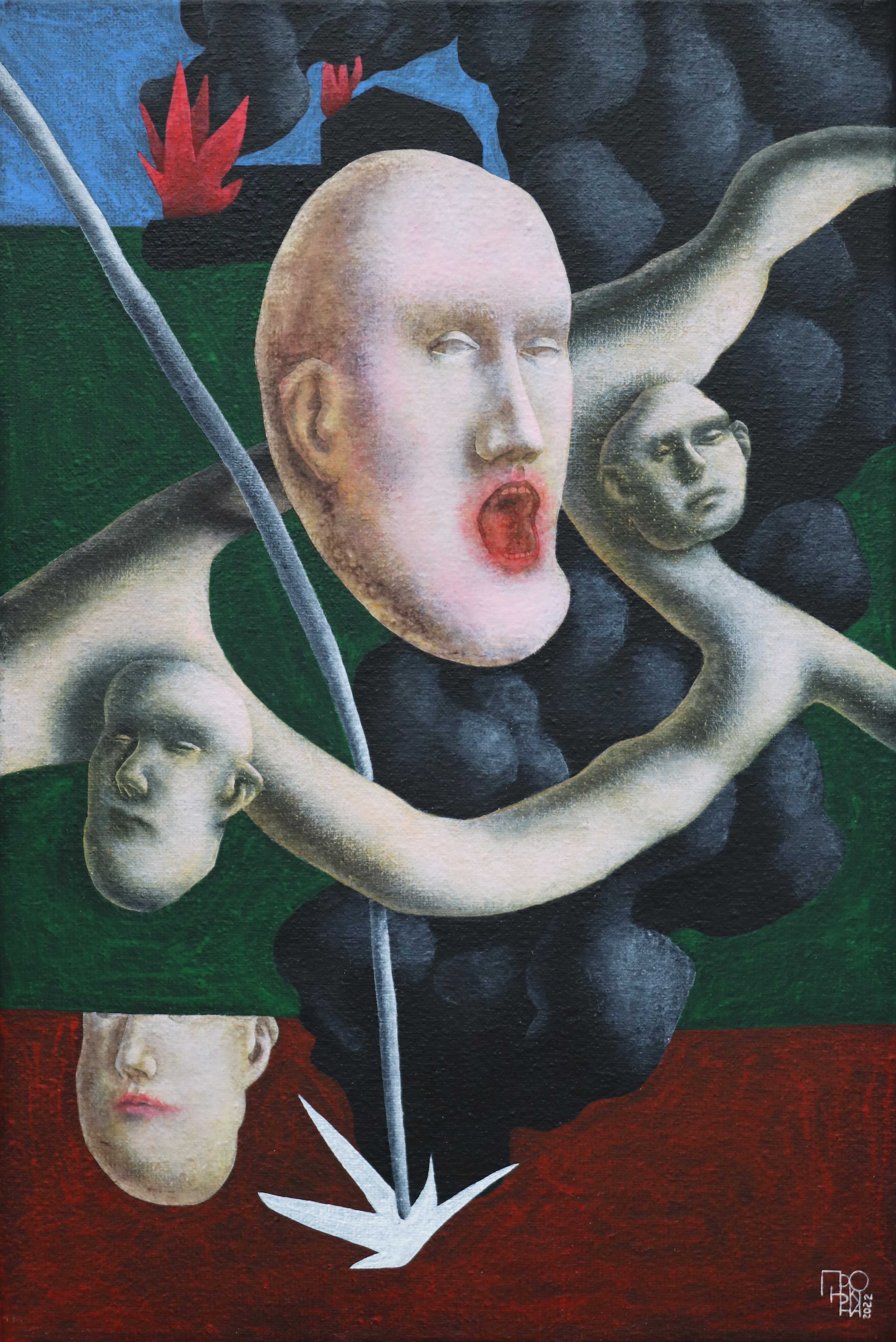
Siren
My artistic style developed over the years, but I have always been keen on sculpture and primarily worked with form rather than color. It might be because I graduated from Mykhailo Boychuk State Institute of Decorative Art and Design of Kyiv with a degree in monumentalism art. That was where I was taught to pay foremost attention to form and composition. In my first years of study, I was interested in Mexican artists Diego Rivera and David Alfaro Siqueiros and the American sculptor Louise Bourgeois. Their influence on my style is still noticeable.
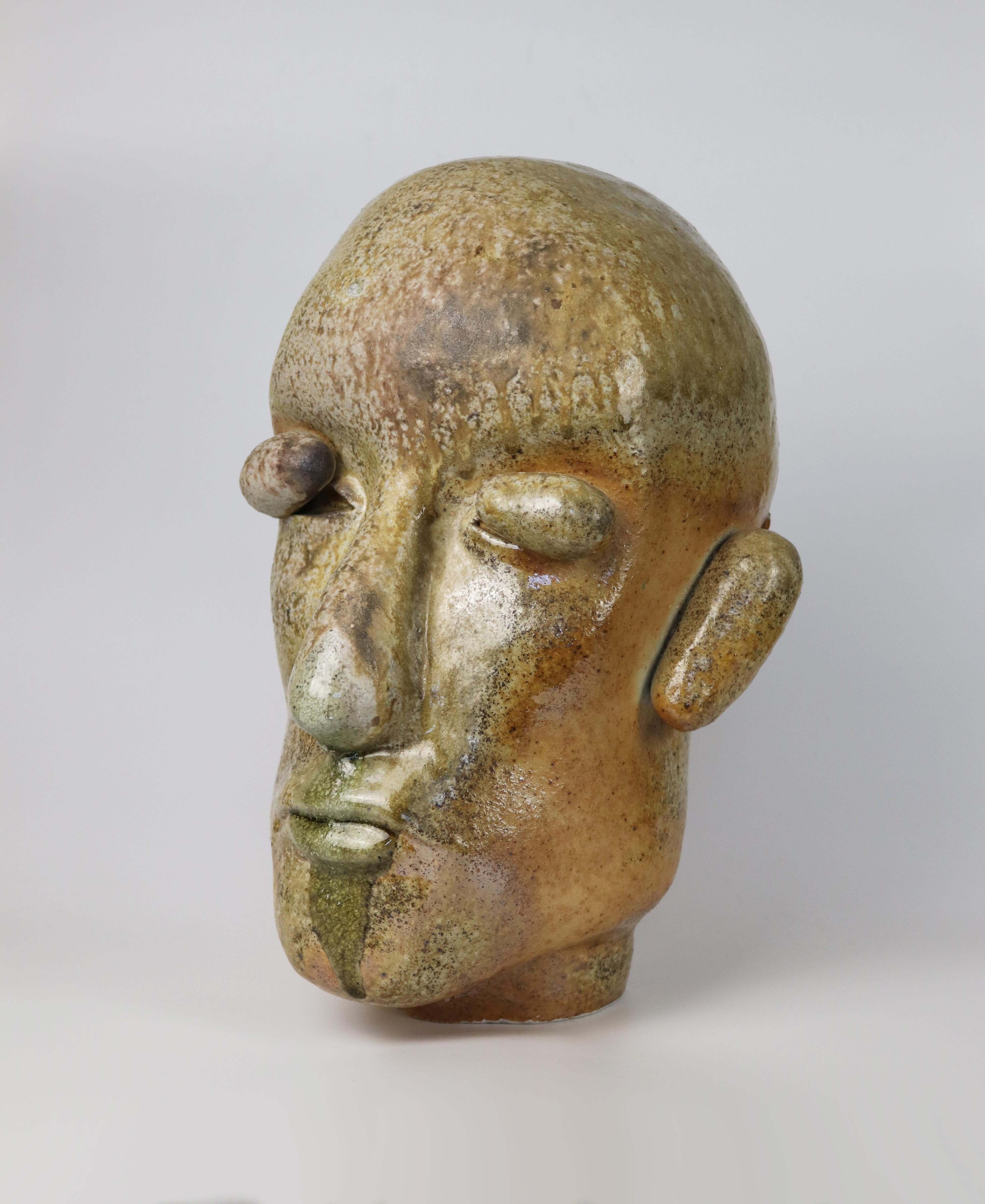
Dreaming head
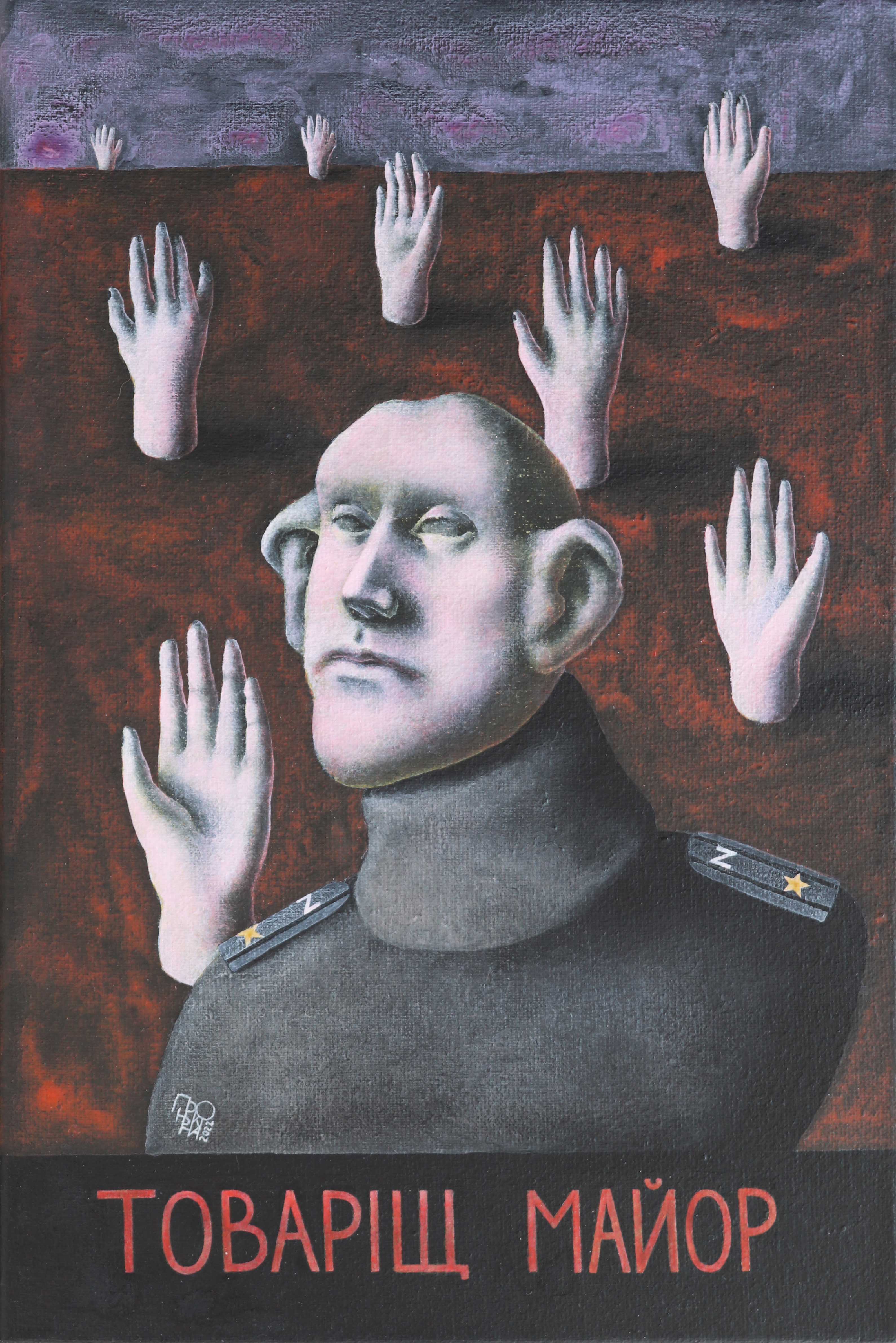
Comrade Major in front of souls
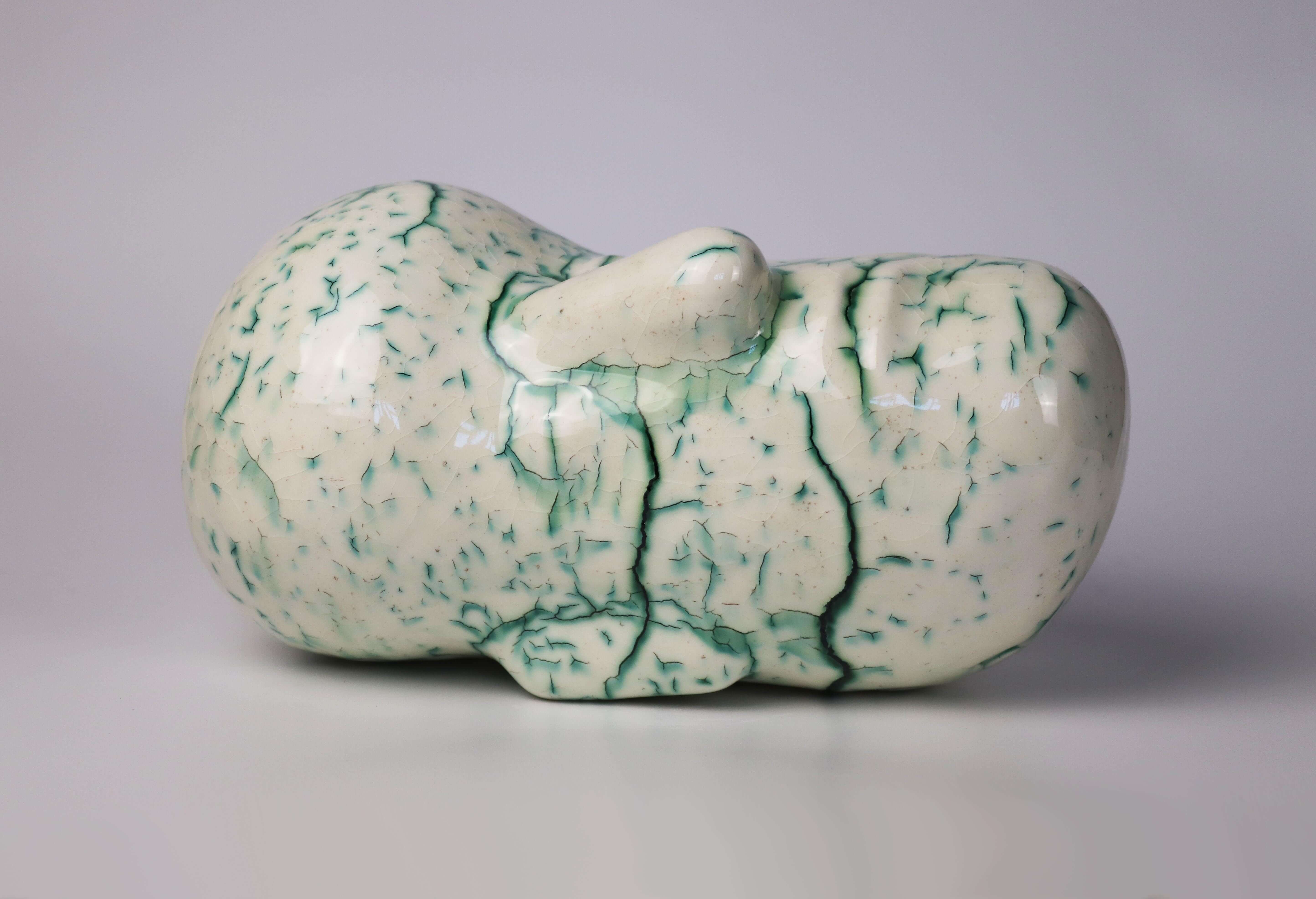
Lying head
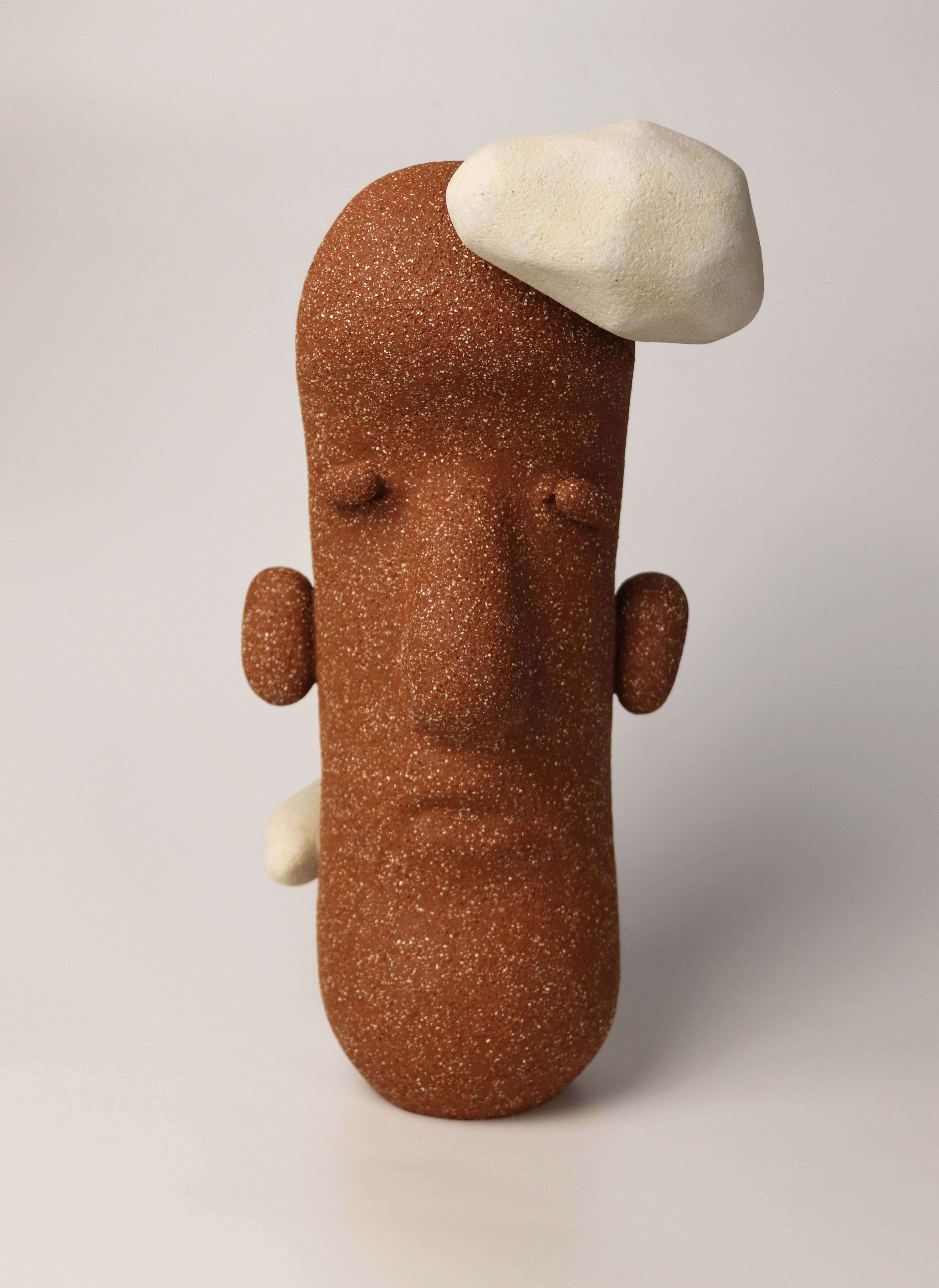
Head in clouds
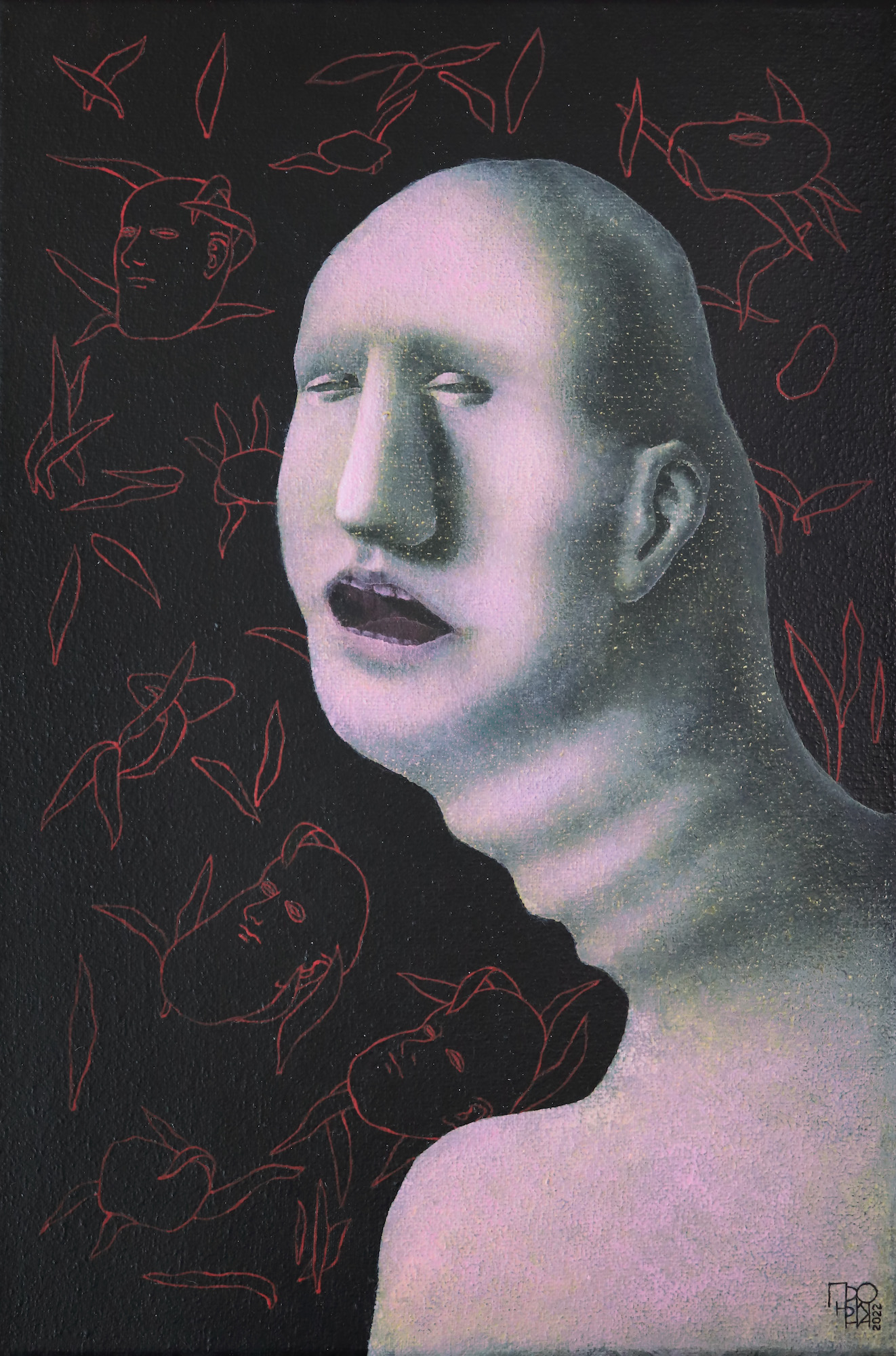
Red noise
KVOST, the art center where I’m staying now, is interested in artists from Eastern Europe. In my case, they extended their usual support program from six weeks to three months. I can work in a studio here, and they will cover the cost of my materials and pay me a stipend.
Before the full-scale invasion, I had a YouTube channel about art, recording videos with other artists, art curators, collectors, and art experts. The war has changed it too: firstly, I have switched to Ukrainian (only some of my videos used to be in Ukrainian), and secondly, I have put it on hold. Stress has aggravated my stuttering: when I tried to make a video about my displacement, I found it very hard to speak and had to retake it four times. But I hope it’ll pass: when I feel ready to come back to YouTube, I shall do it.
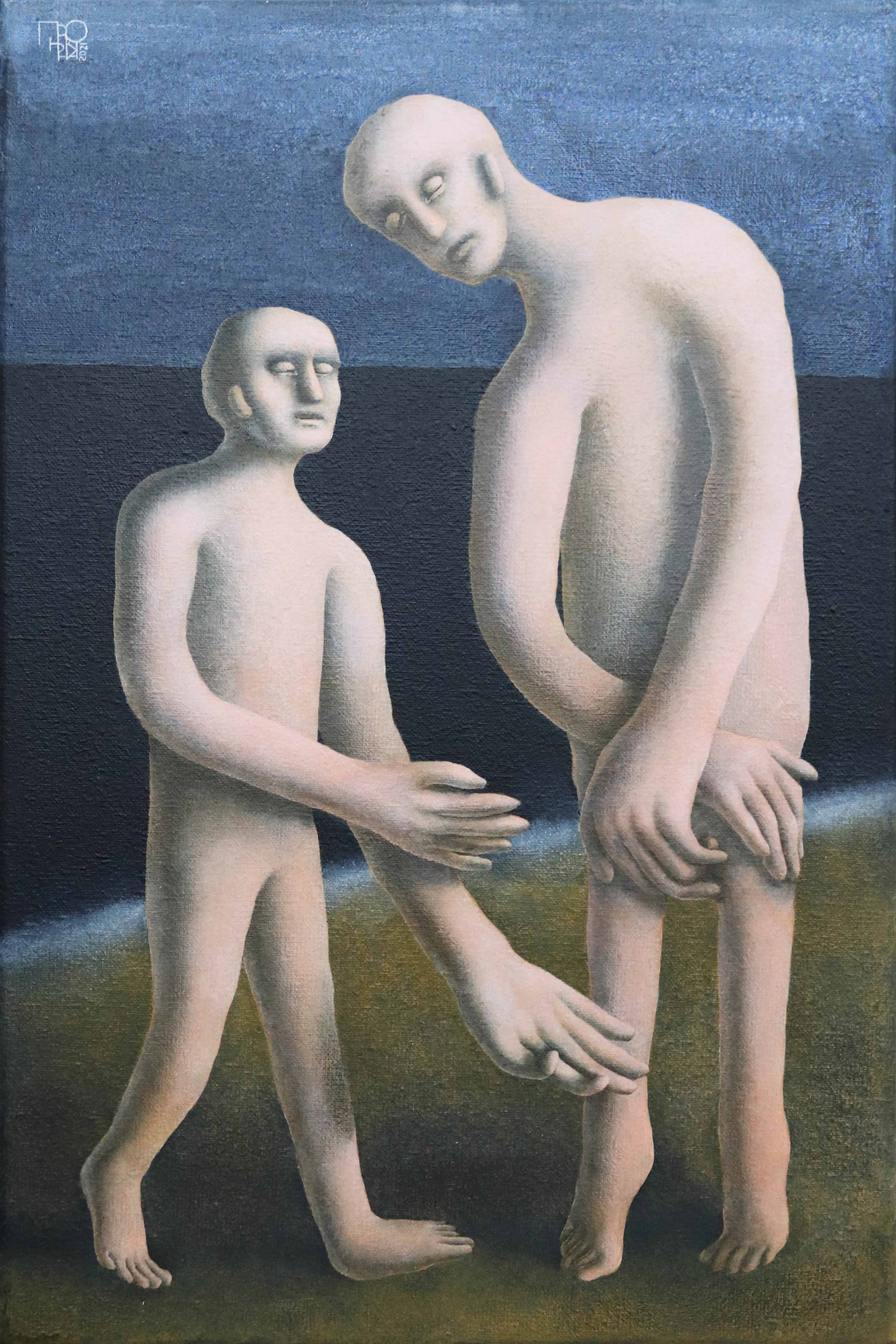
Chudiky on the beach
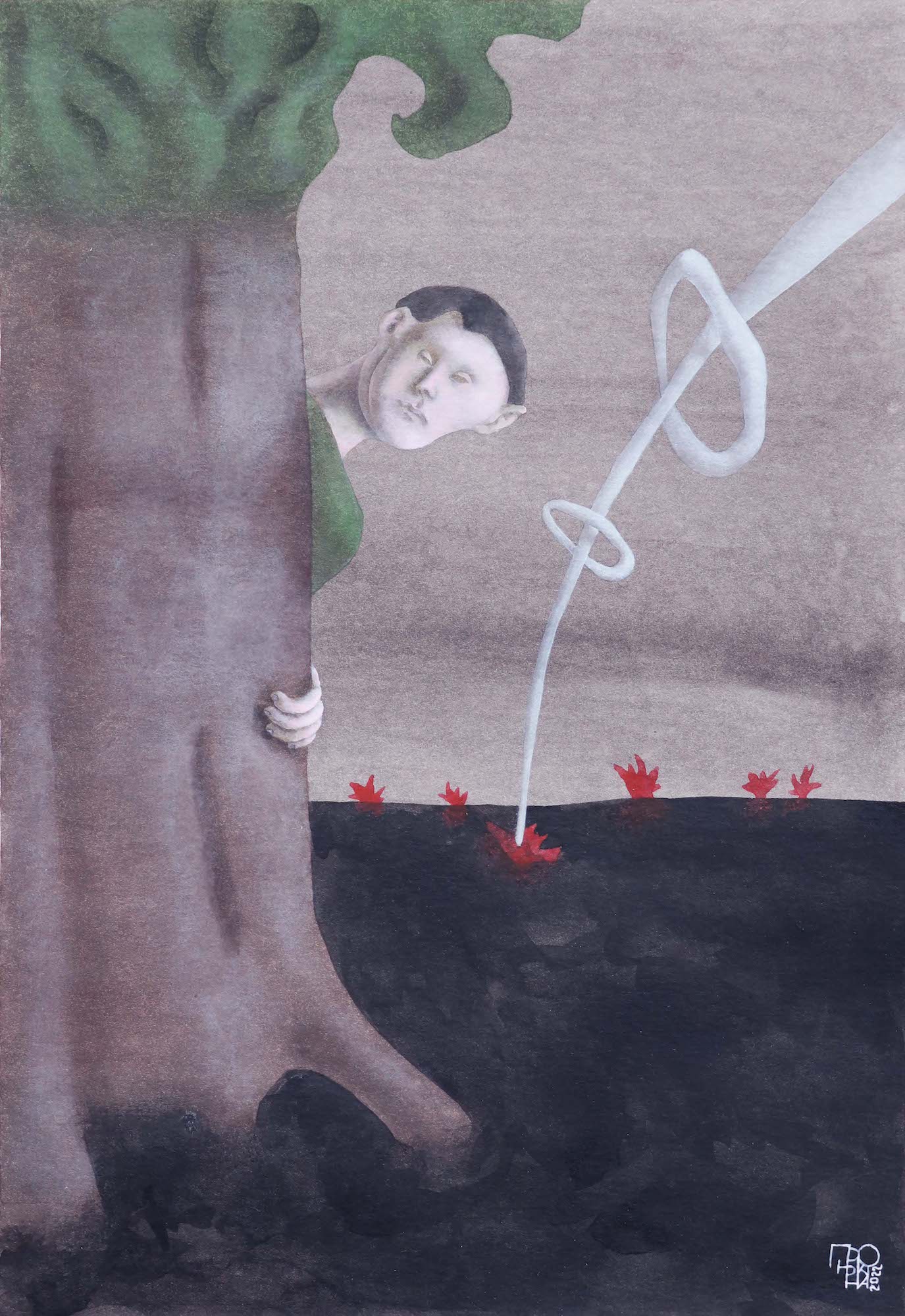
Chmonya utterly and totally surprised
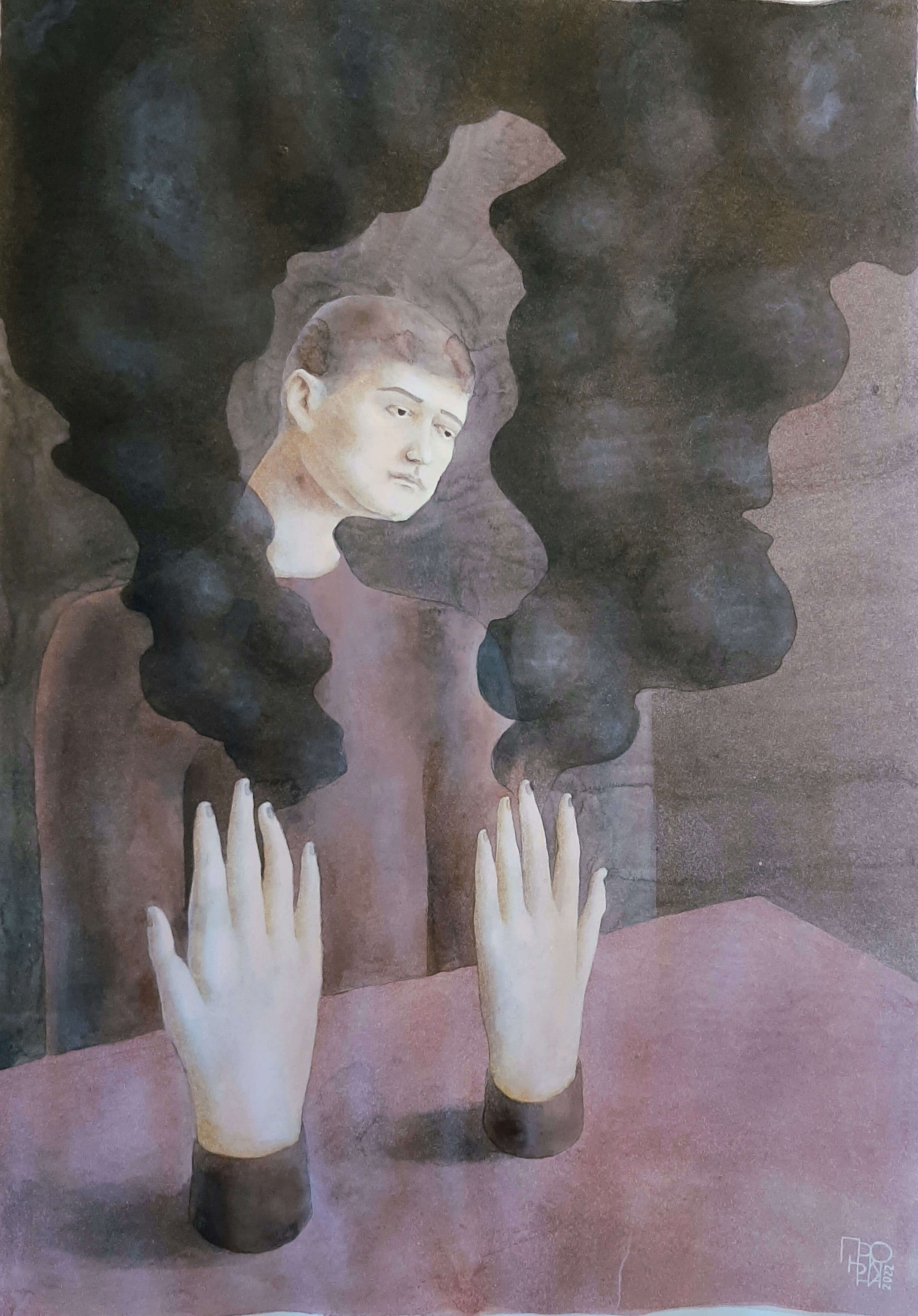
Where is the fire
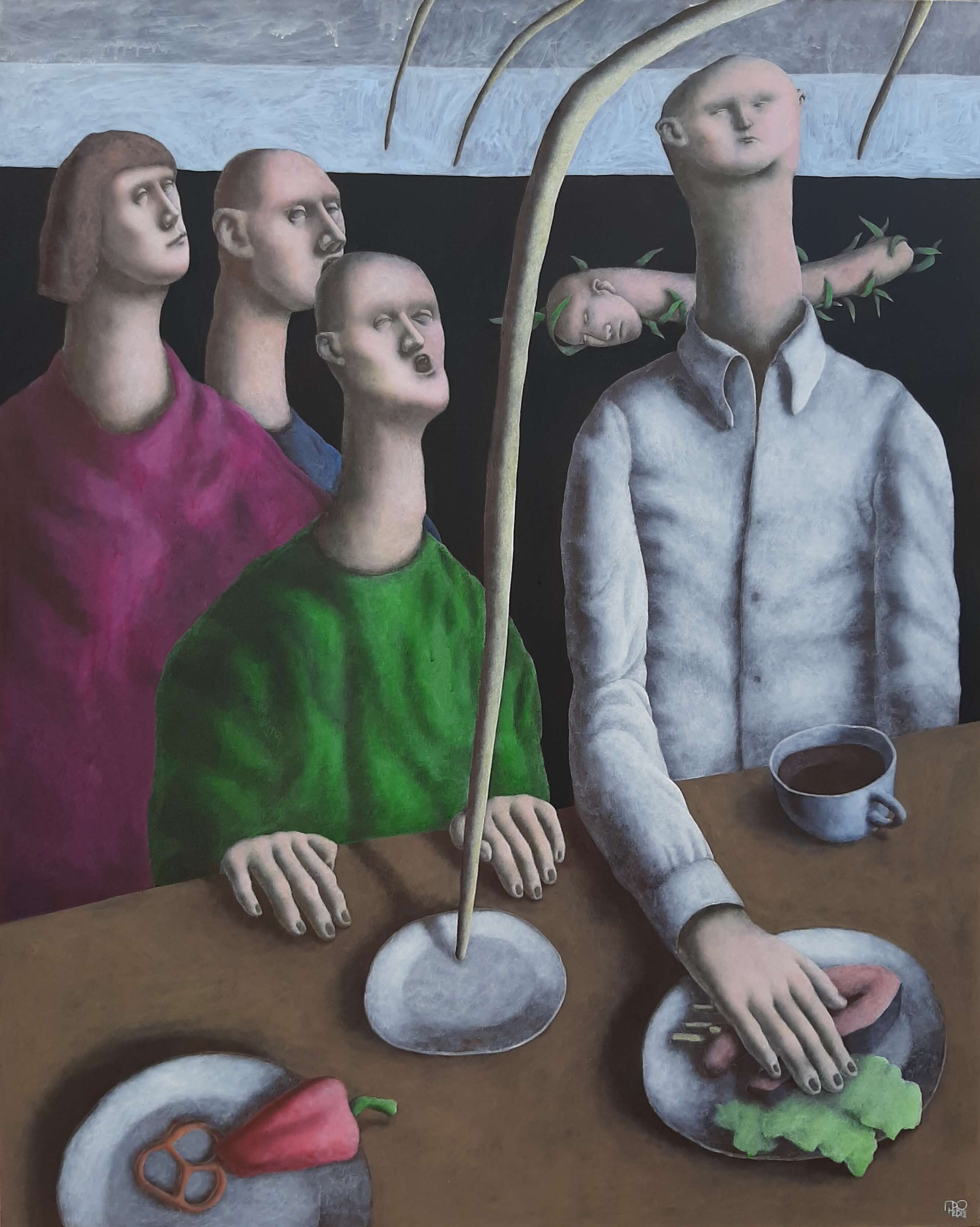
The way of a missile
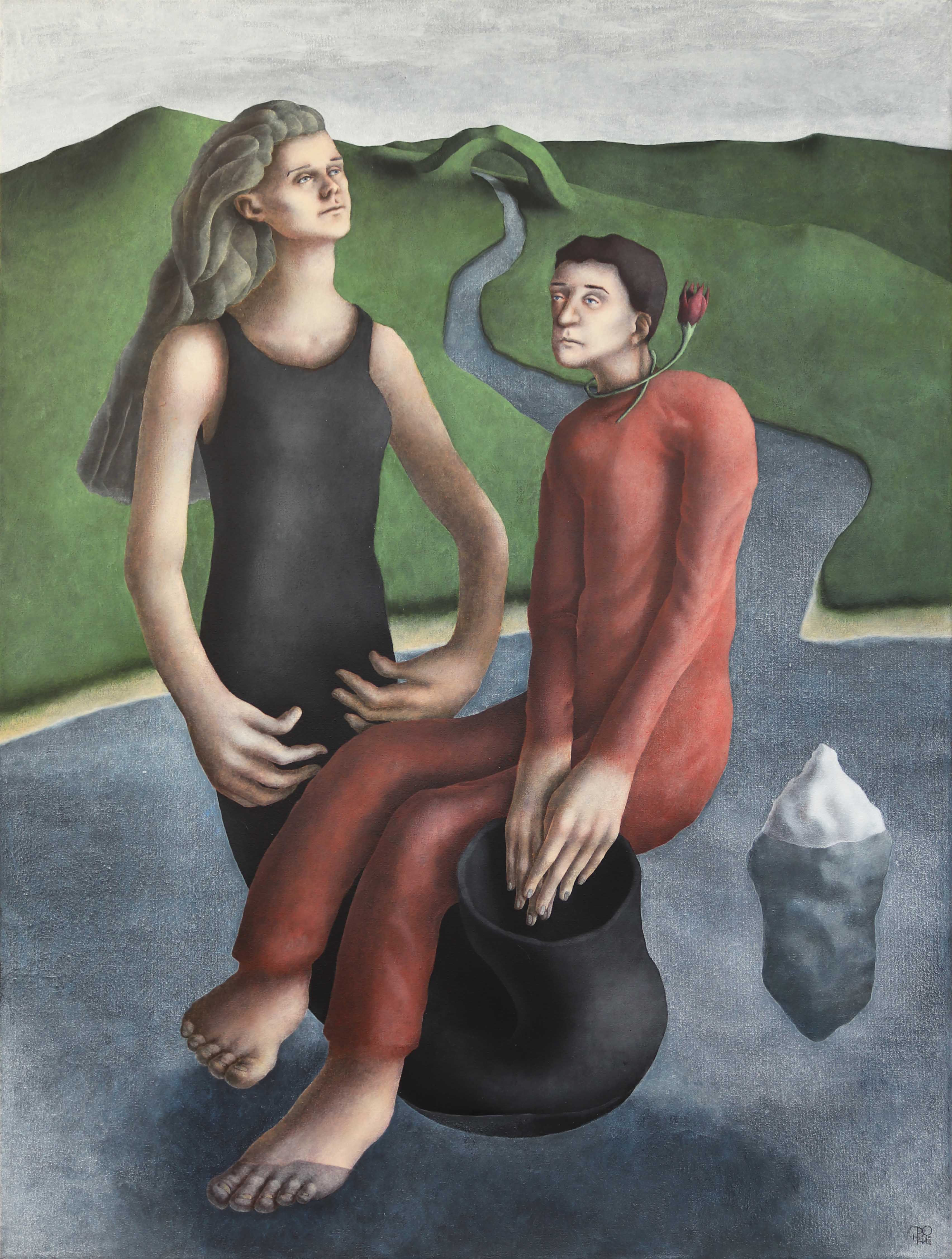
Mother
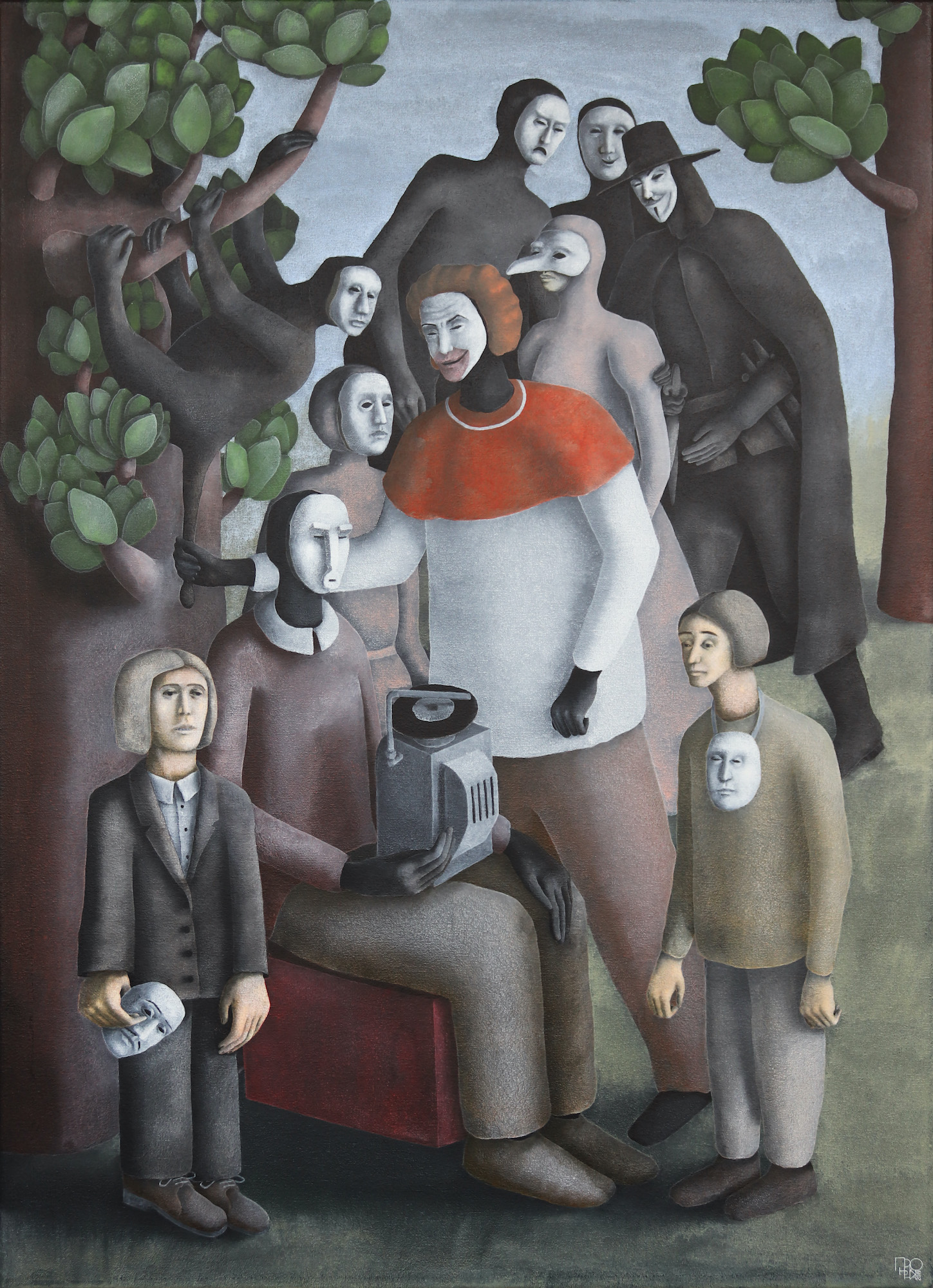
Masked dances
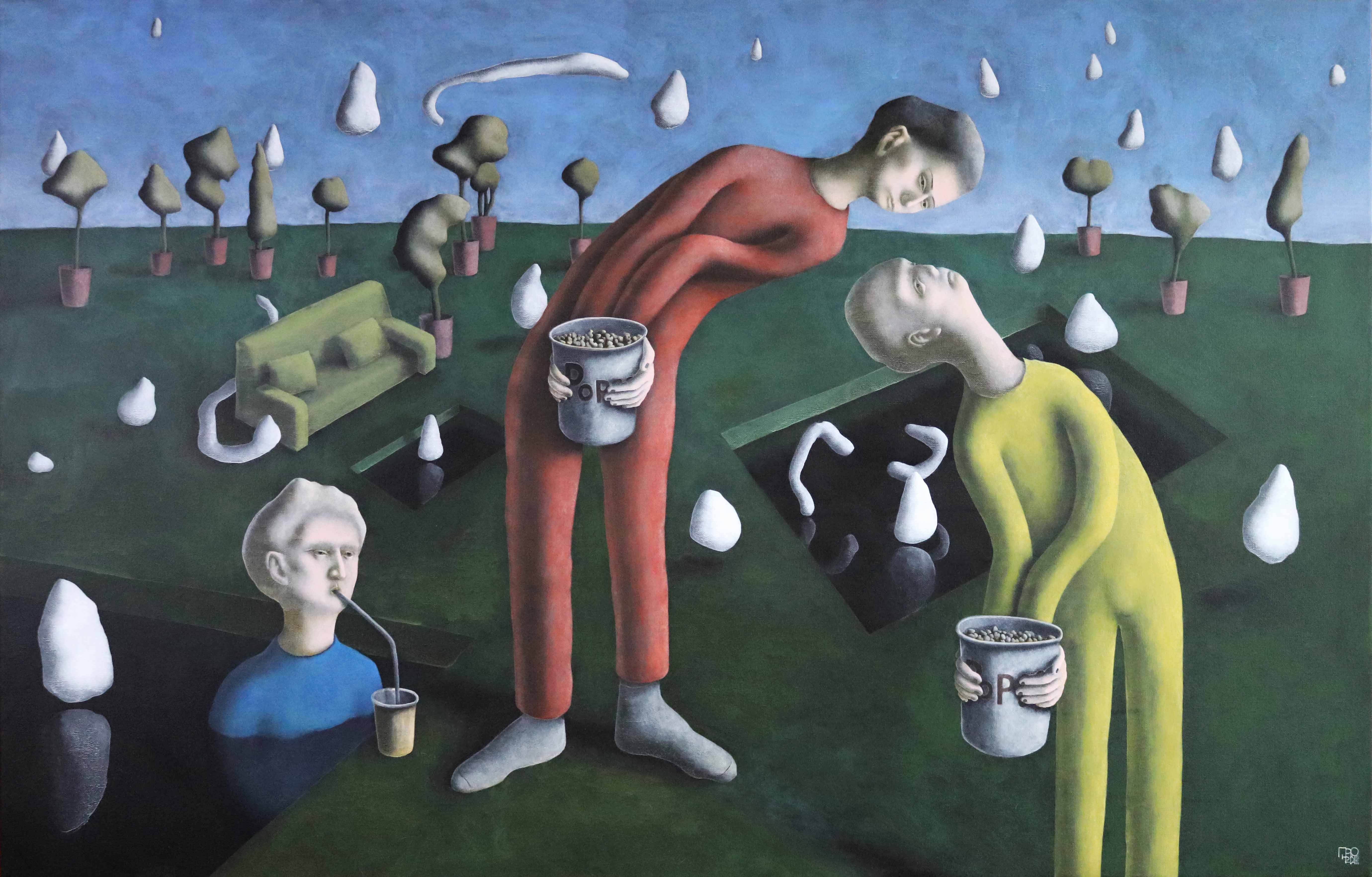
Black swimming pools
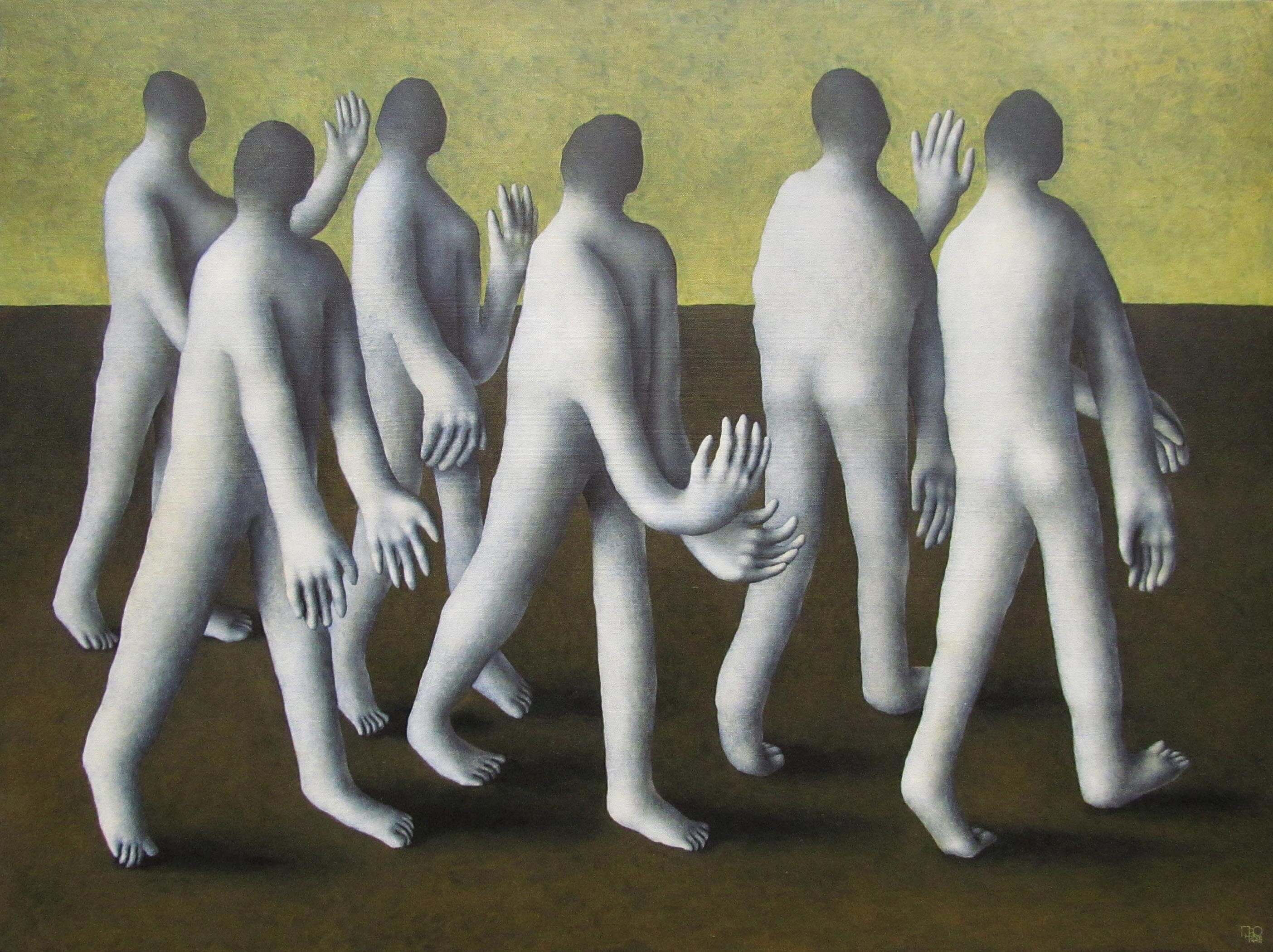
Those who got lost
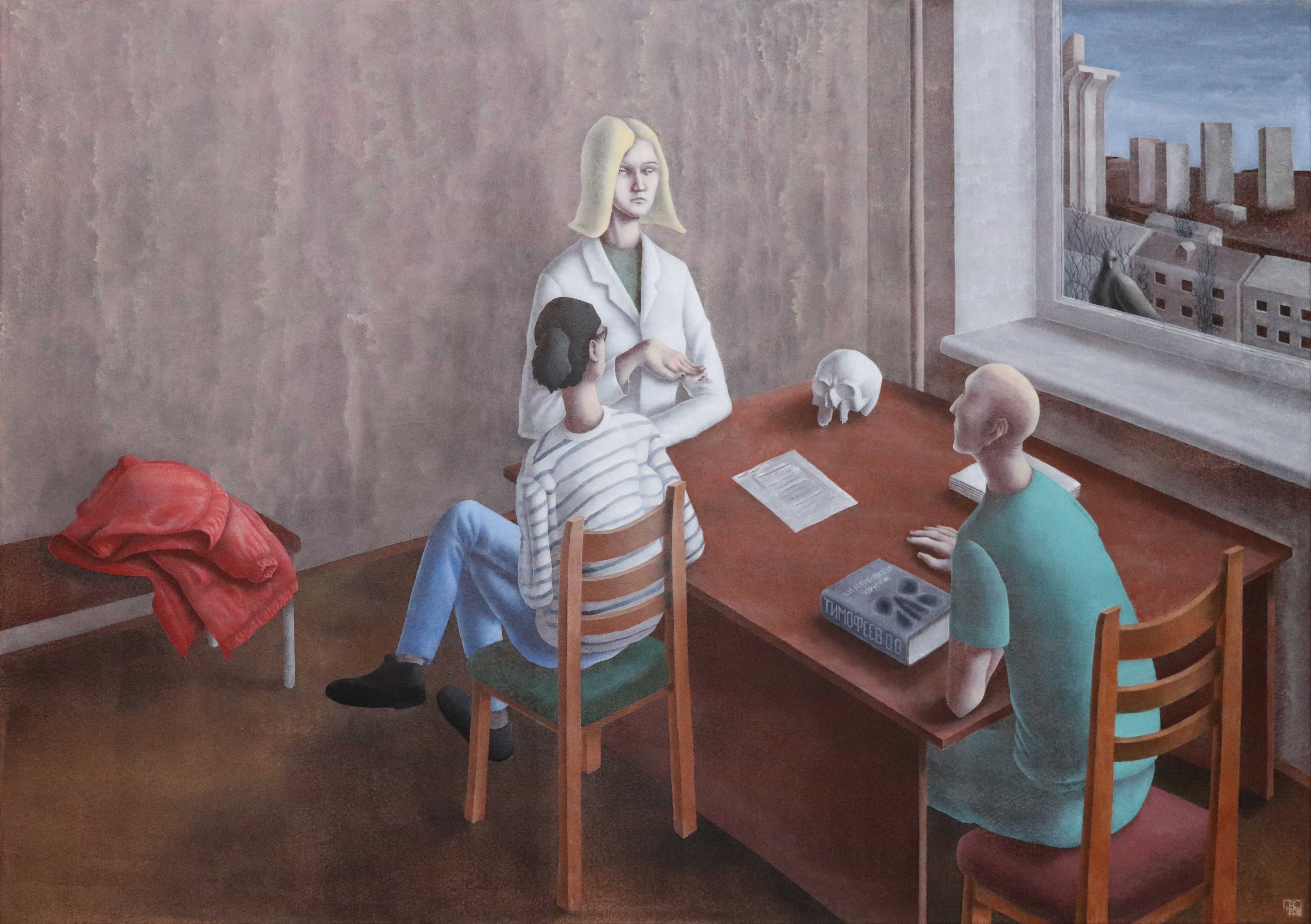
The surgery is tomorrow
New and best




